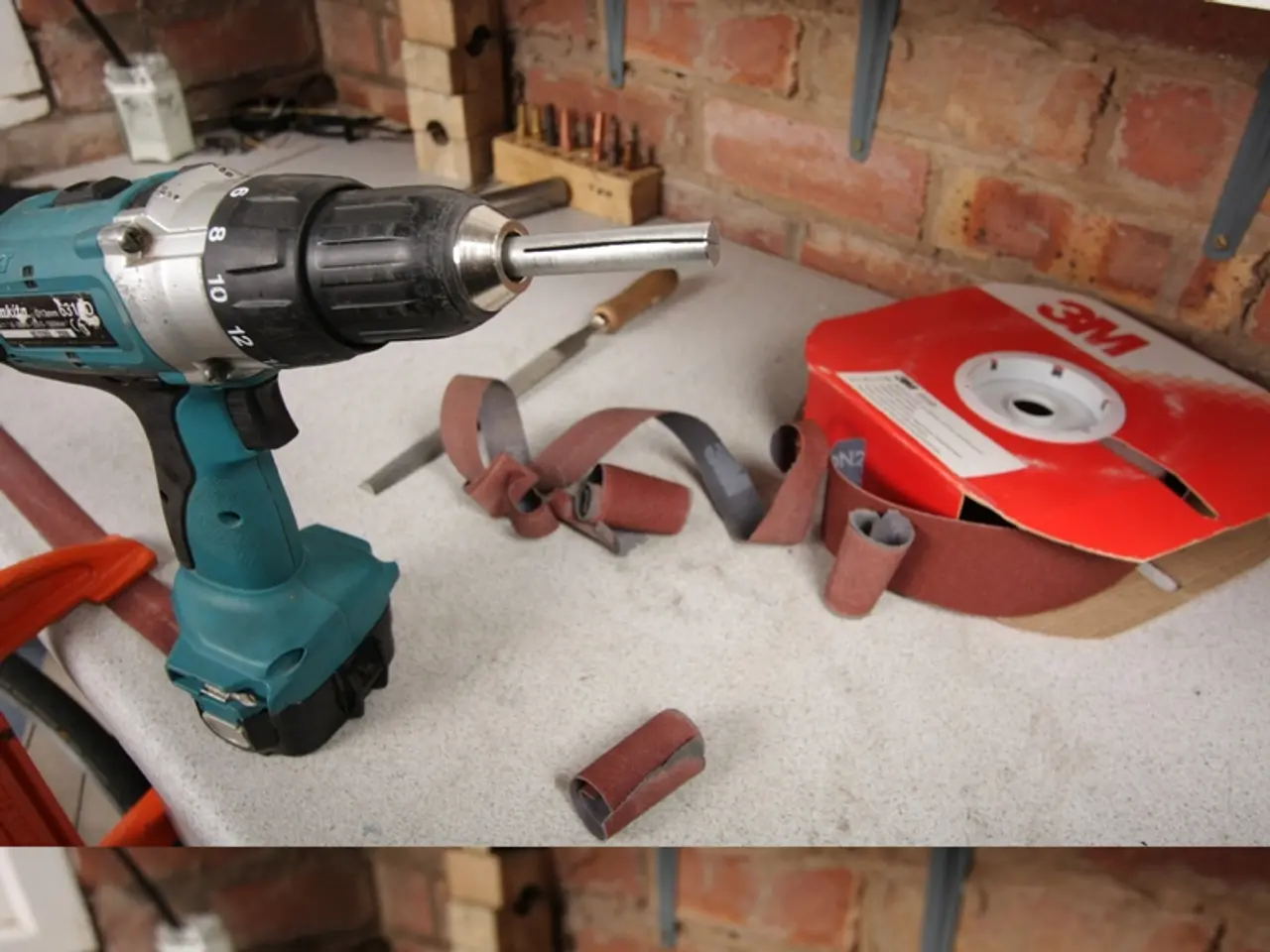Modern Semiconductor Industry Depends on ASML's Pivotal Role
In the dynamic world of semiconductor manufacturing, a significant shift is underway as China makes strides in developing its own EUV (Extreme UltraViolet) lithography technology. Traditionally, ASML Holding N.V. has held a near-monopoly in this critical technology, but recent developments suggest a potential challenge to its market dominance.
ASML, a Dutch company founded in 1984 as a joint venture between ASM and Philips, is currently working on high-NA EUV technology, which is expected to create a more productive EUV platform, improve precision, speed, and energy efficiency, and push advancements in EUV performance and productivity far into the next decade [1]. This technology is crucial for producing ultra-small nodes, a specialty of ASML.
However, China's rapid progress in EUV lithography is noteworthy. Companies like Huawei are reported to have begun testing domestically developed EUV lithography systems and are expected to start trial production of advanced (3nm) chips by Q3 2025, with potential mass production in 2026 [1]. This development could mark China's entry into advanced semiconductor manufacturing at the cutting edge of technology, a field essential for next-generation chips powering smartphones, high-performance computing, and AI applications.
Despite these advancements, ASML maintains its dominant market position, controlling about 90% of the EUV lithography market and holding a massive €38 billion backlog of orders for its next-generation High-NA EUV machines [2][4]. This strong demand is driven by top customers like TSMC and the AI-driven surge in semiconductor capex from hyperscalers and chipmakers.
China's domestic equipment firms such as Shanghai Micro Electronics Equipment (SMEE) are also advancing, having launched DUV lithography machines and currently prototyping EUV systems slated for 2025 [3]. Some Chinese companies are also employing multi-patterning techniques to produce 5nm chips without EUV, partially circumventing export restrictions.
The potential impact on ASML's market share is significant. In the short term, ASML’s market share in EUV lithography remains secure due to its technological lead and robust global demand. However, China's emerging EUV technology could pose a medium- to long-term competitive threat, particularly if Huawei and other domestic firms successfully scale production of advanced nodes using homegrown lithography systems.
Current stringent export restrictions by Western governments, notably the Netherlands and the U.S., prevent ASML from selling its most advanced EUV equipment to China, effectively keeping China reliant on developing domestic solutions. If China achieves mature EUV technology, it could gradually reduce dependence on ASML and chip imports.
In summary, China is rapidly closing the gap in EUV lithography technology, potentially allowing them to produce cutting-edge chips domestically by 2026. However, ASML remains the industry leader with strong market demand and significant growth catalysts, particularly from AI semiconductor needs. This development bears watching as a factor that could reshape the global lithography equipment landscape and ASML's market dominance in the medium term.
References: [1] Reuters. (2025, May 1). China's Huawei tests homegrown EUV lithography system, aims for mass production by 2026. Retrieved from https://www.reuters.com/technology/chinas-huawei-tests-homegrown-euv-lithography-system-aims-mass-production-2026-2025-05-01/
[2] Nikkei Asia. (2025, March 15). ASML's EUV lithography orders reach €38 billion, as global demand soars. Retrieved from https://asia.nikkei.com/Business/Semiconductors/ASML-s-EUV-lithography-orders-reach-38-billion-as-global-demand-soars
[3] South China Morning Post. (2025, February 10). Chinese chipmaker SMIC produces 5nm chips without EUV technology. Retrieved from https://www.scmp.com/tech/china-tech/article/3167606/chinese-chipmaker-smic-produces-5nm-chips-without-euv-technology
[4] Bloomberg. (2025, April 1). ASML's EUV Lithography Demand Remains Strong, Despite China's Advancements. Retrieved from https://www.bloomberg.com/news/articles/2025-04-01/asml-s-euv-lithography-demand-remains-strong-despite-china-s-advancements
Smartphones and high-performance computing applications could see advancements thanks to China's progress in developing its own EUV lithography technology, as Huawei is reported to start trial production of advanced (3nm) chips by Q3 2025. Despite this development, ASML, with its highly sought-after High-NA EUV technology, retains a dominant market position, holding approximately 90% of the EUV lithography market and boasting a massive €38 billion backlog of orders for its next-generation machines.




